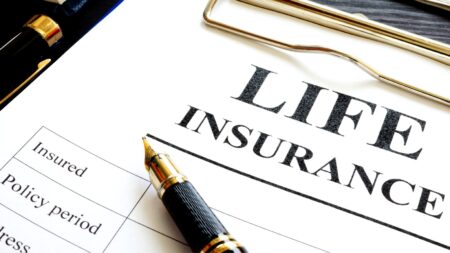While it is possible to file your taxes online, it isn’t for everyone. Make sure you check out the CRA’s restriction list before you begin. Without further ado, these are the steps to file your taxes online in Canada.
How to File Taxes in Canada
-
CRA Access
As a Canadian taxpayer, the first step to file your returns is to have CRA Access. You need to log on to “My Account” which, according to the CRA, is a secure platform that puts you in control of your tax affairs on the web. There are two options to get access. The first is to register an account with CRA’s “sign in partners”.
There are sixteen banks in Canada in partnership with the CRA and creating an account with one of them allows you to use your sign-in details to have access to My Account.
The second option is to register for a CRA user account. Provide your SIN and previous tax information for confirmation that you’re the person signing up.
-
NETFILE Certified Software
To guarantee the integrity of its online tax filing system, the CRA created a program for electronic filing called NETFILE. Whatever tax filing software you used to file your returns has to be NETFILE Certified.
There are loads of tax software available on the web, but it’s better to use tax software from the list on the CRA platform. The certified software offer services that differ from each other. But you won’t get a bigger refund from software A than in software B. They do, however, offer different levels of convenience.
Below are a few things for you to consider when selecting a tax software:
-
Auto-fill Option
Unless you’re adept at manual data entry, you need a software that has an inbuilt auto-fill option. Once you’re logged in, the software automatically fills up those sections of your information in the CRA system. For instance, the reported income info on your T4. Filing your tax returns is a lot of work offline and online. The auto-fill option makes the process easier.
-
Refund Optimization
The last thing you’d want to do when you file your tax returns online is to pick a software that doesn’t offer the refund optimization option. Unlike the United States, you cannot file your taxes jointly with your spouse in Canada.
However, it is possible to slash a healthy chunk of your tax debt by using specific credits and deductions which benefit you and your domestic partner.
If you or your Significant Other make donations to a charity, make sure you use a software that can link to both your returns and points out the sections where these deductions can be most beneficial.
-
The Smarter the better
While going shopping, keep in mind to buy software that’s intuitive. It should be able to import critical aspects of your financial data from your previous tax returns, which will ensure you don’t make too many mistakes.
An intuitive software should be able to offer money-saving strategies that will be beneficial to you in the current tax season and the long-term.
-
Create your Account
Once you’ve settled on software, the next step is to create your account. Some of the basic information you must provide include:
- Your full names
- Residential address
- Social insurance number
- Date of Birth
- Marital status
Once you provide the information above, you’re ready to file your returns.
-
Put your Documents in Order
If you’re using software with the auto-fill option described above, you’d likely not need your T4 copies. Your information on the CRA database is automatically imported into your tax filing program. However, you still have other stuff to do. Some of these include:
- Invoices for non-salaried income
- Property income receipts
- Medical bills
- Invoices for claimed deductions
As you file your taxes online, remember not to tamper with your financial disclosures. Cheating on your tax returns can cause you to receive huge penalties. In some cases, you might be liable for some jail time for tax evasion. Give to Caesar what belongs to Caesar. Not a dollar more or a cent less.
One last word of advice; always remember to file your taxes on time. You don’t want to open the Pandora’s Box to find out what happens when you don’t file your taxes in Canada.












